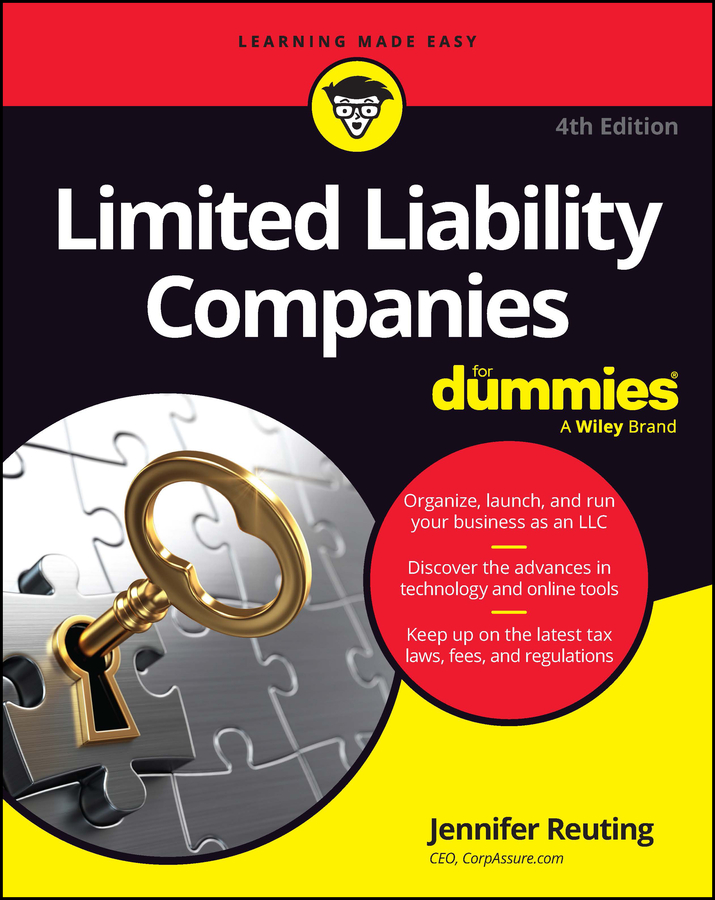The simplest business structure is the sole proprietorship —the IRS's automatic classification for any business started by an individual. Most new businesses with only one owner start out as sole proprietorships. Some never grow into anything larger. Others start adding partners and staff and may realize that incorporating is a wise decision for legal purposes.
Anyone who wants to start a business doesn't have to do anything official — file government papers, register with the IRS, and so on — to be a sole proprietor. In fact, unless the business owner formally incorporates — followsa process that makes the business a separate legal entity — the IRS considers that business a sole proprietorship.
The biggest risk of a sole proprietorship is that the business isn't a separate legal entity. All debts or claims against the business are filed against the sole proprietor's personal property. If the owner of a sole proprietorship is sued, insurance is her only form of protection against losing everything she owns.
Keeping taxes personal
Sole proprietorships aren't taxable entities, and sole proprietors don't have to fill out separate tax forms for their businesses. Instead, sole proprietors add a few forms about their business entity to their personal tax returns, and this is the only financial reporting they must do.
Most sole proprietors add a Schedule C "Profit or Loss from Business" form to their personal tax returns, but some choose an even simpler form called a Schedule C-EZ, "Net Profit from Business." In addition, a sole proprietor must pay both the employer and employee side of Social Security and Medicare taxes using Form SE, "Self-Employment Tax." These taxes total 15.3 percent of net business income, or the business income after all business expenses have been subtracted.
Sole proprietors in specialized business may have different IRS forms to fill out. Farmers use Schedule F, "Profit or Loss from Farming." People who own rental real estate but don't operate a real estate business use Schedule E, "Supplemental Income and Loss."
Reviewing requirements for reporting
Financial reporting requirements don't exist for a sole proprietor unless he seeks funding from outside sources, such as a bank loan or a loan from the U.S. Small Business Administration. When a business seeks outside funding, the funding source likely provides guidelines for how financial information should be presented.
Sole proprietors fill out a form that shows their assets and liabilities when they apply for a business loan. In addition, they're usually required to provide a basic profit and loss statement. Depending on the size of the loan, they may even have to submit a formal business plan stating their goals, objectives, and implementation plans.
Even though financial reports aren't required for a sole proprietorship that isn't seeking outside funding, completing periodic profit and loss statements to keep tabs on how well the business is doing and to find any problems before they become too huge to fix makes good business sense. These reports don't have to adhere to formal generally accepted accounting principles, but honesty is the best policy. The only person being fooled is the businessman himself if he decides to make his financial condition look better on paper.

